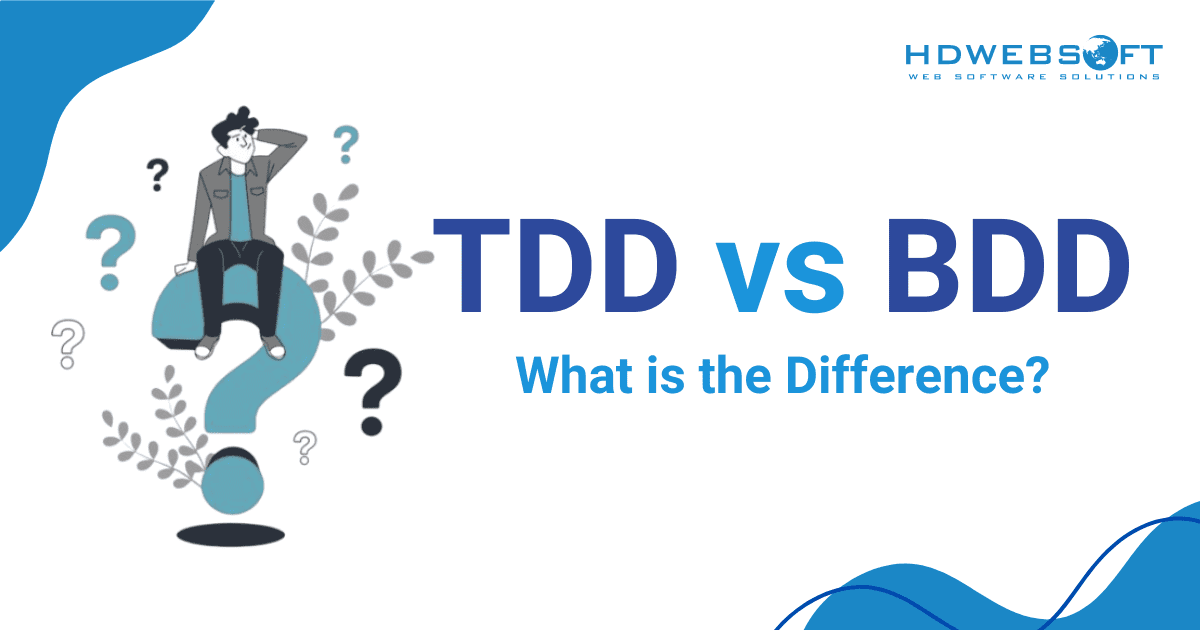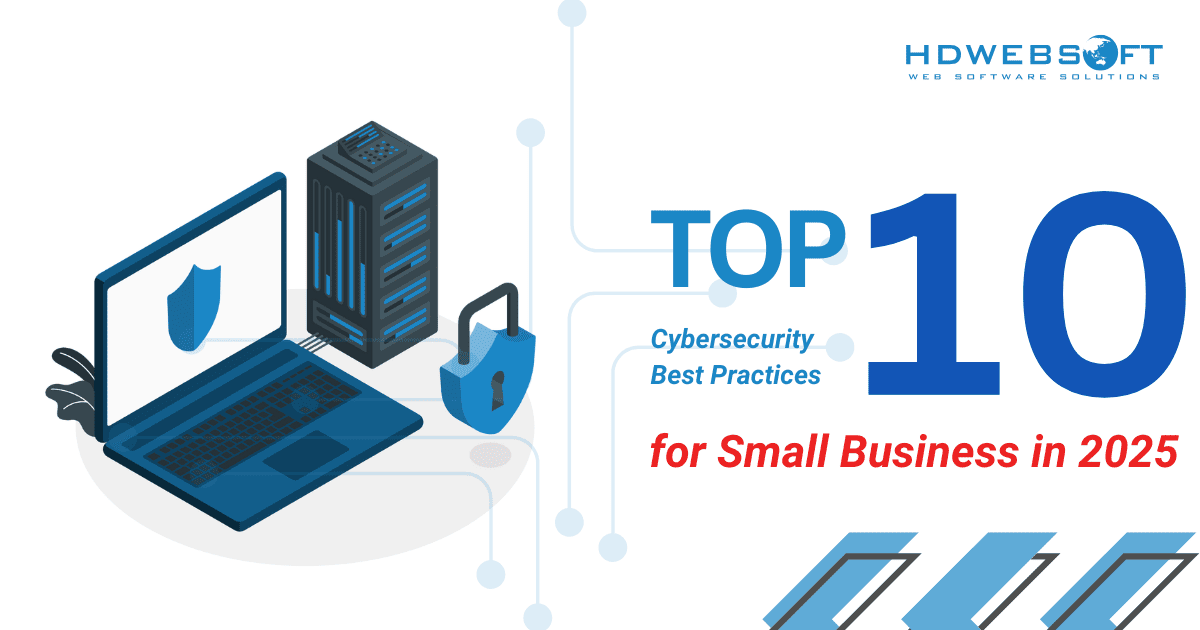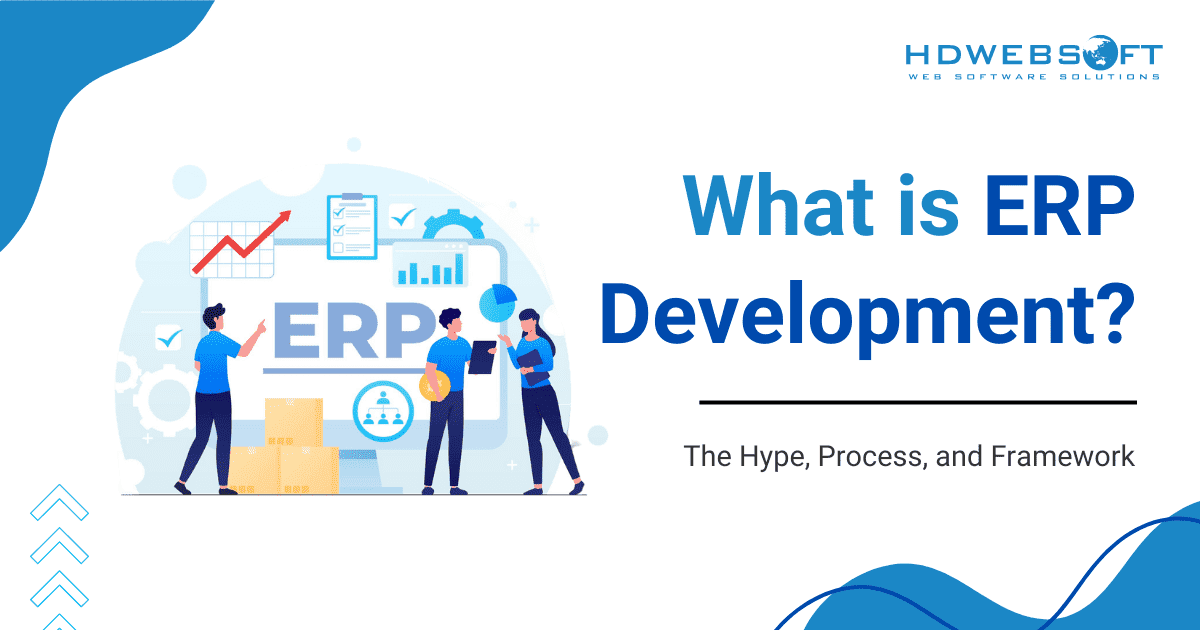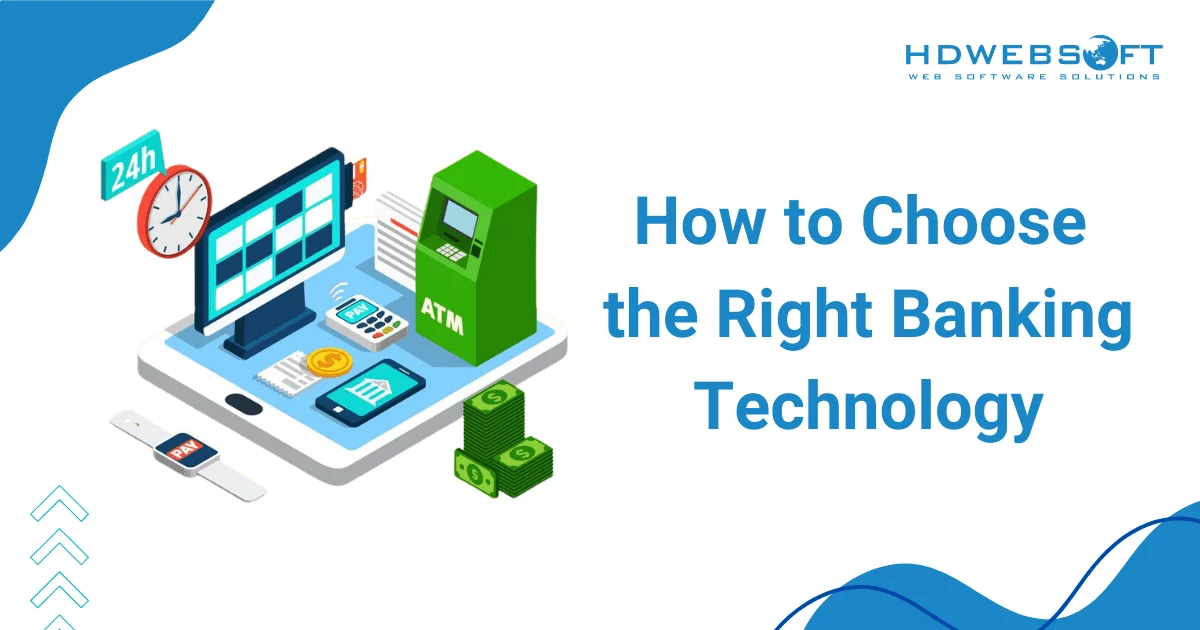
How to Choose the Right Banking Technology
Banking technology is evolving at an unprecedented pace, driven by rapid advancements in digital innovation, customer demands, and regulatory changes. As financial institutions strive to stay competitive, they must adopt and integrate the latest technologies to enhance their services, improve security, and meet the ever-changing expectations of their customers. This blog delves into the challenges banks face in selecting the right technologies, explores the must-have technologies for modern banking, and highlights the latest trends shaping the industry.
The Challenges in Choosing the Right Banking Technologies
Selecting the right banking technology is a critical task for financial institutions as they navigate the complexities of modernization while ensuring security and compliance. The following are the primary challenges banks face in this process:
Legacy Systems
Legacy systems represent one of the most significant hurdles in adopting new banking technologies. Many banks still rely on outdated infrastructure, often incompatible with modern solutions. These systems can be rigid, making it easier to integrate new technologies with extensive and costly modifications.
The challenge is to balance the need for innovation with the high costs associated with overhauling or upgrading these legacy systems. This balancing act also involves considering the potential disruptions that may occur during such updates.
Integration
Integrating new banking technologies with existing systems is a complex process. Banks must ensure seamless interaction between old and new systems to maintain operational efficiency. Poor integration can lead to data silos, operational inefficiencies, and even system failures.
Moreover, as banks increasingly adopt cloud-based solutions, ensuring compatibility and smooth data migration between on-premises and cloud environments becomes crucial.
Compliance and Regulations
Banking is one of the most heavily regulated industries, and compliance with these regulations is non-negotiable. The introduction of new bank technology must align with regulatory requirements such as data protection laws, anti-money laundering (AML) measures, and customer authentication protocols.
For example, the upcoming PSD3 regulations in the EU will require banks to implement stronger data protection and authentication mechanisms. This will make ensuring compliance while adopting new technologies challenging.

The adoption of new banking technology must comply with regulatory standards.
Data Management and Analytics
Effective data management and analytics are crucial for modern banking operations. However, they come with considerable challenges. Banks deal with enormous volumes of data, and the adoption of new technologies must guarantee that this data is managed both securely and efficiently.
Moreover, AI text analysis techniques can play a vital role by extracting valuable insights from customer feedback, social media conversations, and other unstructured text sources. Consequently, banks can better understand customer sentiment, detect emerging trends, and address potential issues proactively.
With that in mind, there’s a need for advanced analytics to derive actionable insights from this data. Nonetheless, this requires complex tools and technologies to implement and integrate with existing systems.
Complexity
Another major challenge is the sheer complexity of new banking technologies. As technologies like AI, blockchain, and machine learning become more prevalent, the need for specialized knowledge and expertise grows. Implementing banking technology requires technical know-how.
Additionally, it’s crucial to understand how they can be integrated into existing processes and systems without causing disruptions.
Security
Security remains a top priority for banks, especially as they adopt new technologies. According to a survey, 2024 is the third year in a row in which CIOs prioritized cybersecurity and privacy as their primary investment focus.
With the rise of cyber threats, banks must ensure that their systems are secure from attacks. New technologies often introduce new vulnerabilities. Therefore, banks must invest in advanced cybersecurity measures to safeguard sensitive customer data and maintain trust. We will explore these measures in the next section.
Must-Have Technology in Banking
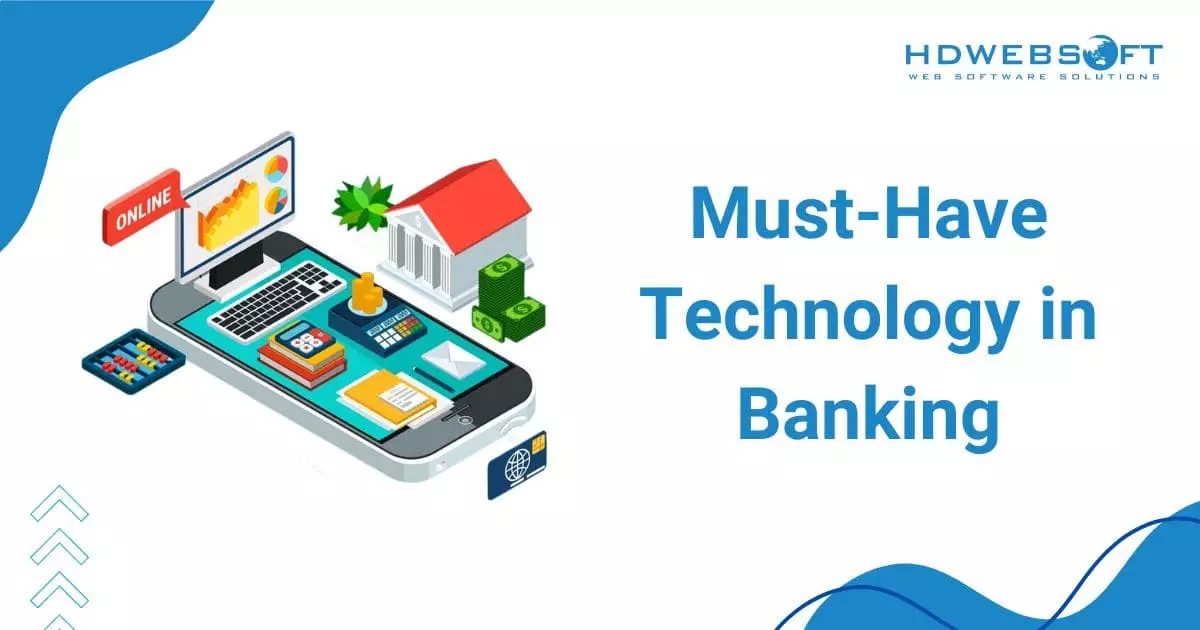
In 2024, banking technology continues to transform the financial industry, driven by a suite of must-have technologies that enable banks to operate more efficiently, enhance customer experiences, and stay ahead of the competition.
Hyper-automation
Hyperautomation in bank technology refers to the use of advanced tools like AI, RPA, and ML to automate complex processes across the organization. Unlike traditional automation, which focuses on individual tasks, hyperautomation aims to automate entire workflows, reducing manual intervention and improving efficiency. In the banking sector, this could involve automating end-to-end processes such as loan approvals, customer service interactions, and compliance reporting.
Low-Code Development
Low-code development platforms are becoming a game-changer in the banking sector. These platforms allow developers to create applications with minimal coding, using drag-and-drop interfaces and pre-built components.
For banks, low-code development enables faster deployment of digital services, such as mobile banking apps or online customer portals, without the need for extensive programming knowledge. This banking technology also supports agility, allowing banks to quickly respond to market changes and customer demands by rolling out new features and services in a fraction of the time it would take using traditional development methods.
Artificial Intelligence and Machine Learning
AI and ML are central to the evolution of technologies in general and finance in particular. These technologies enable banks to analyze vast amounts of data to gain insights into customer behavior and detect fraudulent activities and personalized services.
For example, AI-powered chatbots can provide instant customer support, while ML algorithms can identify patterns in transaction data to flag suspicious activities in real time. Together, these advanced technologies enable banks to offer more personalized and secure services. As a result, not only is customer satisfaction improved, but it also helps maintain trust and loyalty.
Cloud Computing
Cloud computing is another essential component of modern banking technology. It allows banks to store and process data on remote servers, providing scalability, flexibility, and cost-efficiency. Cloud technology enables banks to quickly deploy new services, such as digital banking platforms. This technology eliminates the need for significant upfront investments in physical infrastructure.
Additionally, cloud computing facilitates better data management and disaster recovery. This ensures that banks can maintain continuity and security even in the face of unforeseen disruptions.
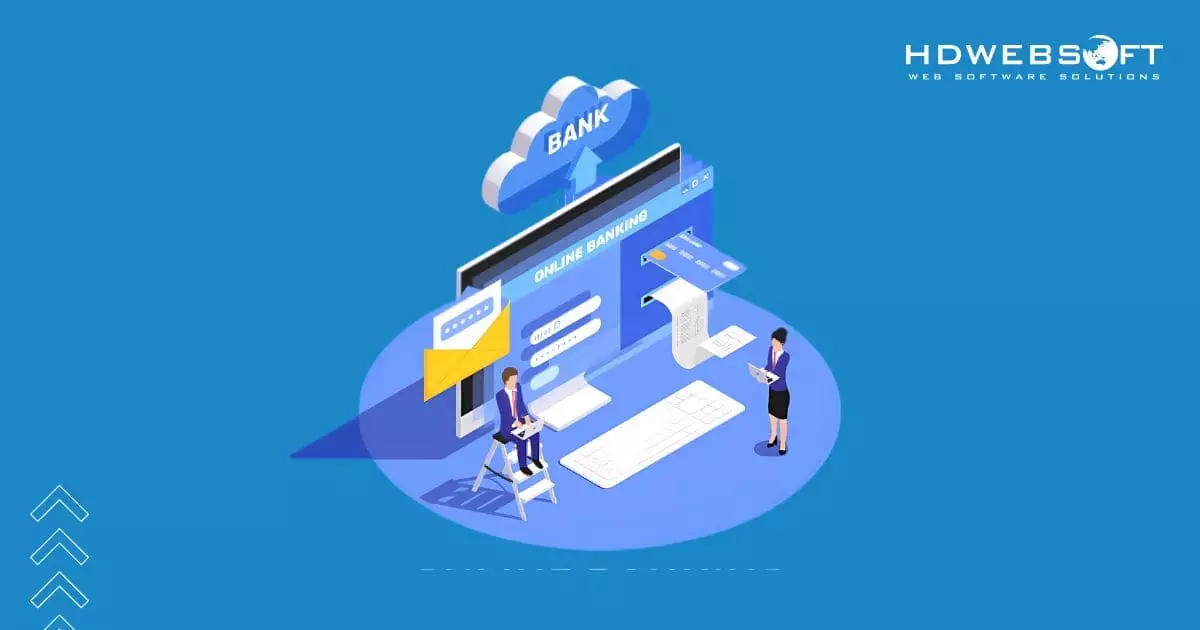
Cloud computing has proven its place in banking technology by offering countless benefits.
Robotic Process Automation (RPA)
RPA is a key enabler of efficiency in banks’ technologies. It uses software robots to automate repetitive tasks, such as data entry, transaction processing, and report generation. When paired with NER models, RPA systems can intelligently extract and classify key information such as customer names, account numbers, and locations from unstructured data sources. As a result, this approach not only improves data accuracy but also streamlines processes significantly.
By automating these routine tasks, banks can free up human resources to focus on more complex and value-added activities. RPA also reduces the risk of human error, leading to more accurate and reliable operations.
Data Analytics and Big Data
In the era of big data, banking technology must harness the power of data analytics to remain competitive. Data analytics tools enable banks to analyze large datasets to uncover trends, predict customer behavior, and make data-driven decisions.
Moreover, big data analytics can enhance risk management by providing insights into market trends and potential threats. By leveraging these insights, banks can offer more targeted products and services, optimize pricing strategies, and improve overall customer satisfaction.
Internet of Things (IoT)
IoT is gradually making its way into banking technology solutions, offering new opportunities for customer engagement and operational efficiency. IoT devices, such as wearable technology and smart home systems, can provide banks with real-time data on customer behavior, enabling more personalized services.
For example, IoT can be used to offer location-based services, such as sending alerts for nearby ATMs or tailored offers when a customer is near a branch. IoT also enhances security through biometric devices and smart surveillance systems.
DevOps and Automation
DevOps is increasingly important in the world of banking technology. It emphasizes the collaboration between development and operations teams to accelerate the delivery of software and services.
Automation is at the core of DevOps, enabling continuous integration, testing, and deployment of applications. For banks, adopting DevOps practices means faster innovation cycles, more reliable software releases, and the ability to quickly adapt to changing customer needs and market conditions.

DevOps principles are crucial for the success of modern banking technology.
Latest Trends in Banking Technology
The banking industry is experiencing a major shift due to progress in digital innovation, rising customer expectations, and increasing regulatory requirements. The following are the latest trends shaping the future of banking:
Biometric Authentication
Biometric authentication, a cornerstone of bank technology, offers enhanced security and convenience for customers. This technology uses unique biological traits such as fingerprints, facial recognition, and iris scanning to verify identities.
As cyber threats become more sophisticated, banks are increasingly adopting biometric systems to safeguard customer data and prevent unauthorized access. Biometric authentication enhances security and streamlines customer experiences by reducing the need for traditional passwords and PINs.
RegTech
Regulatory Technology, or RegTech, is another crucial trend in banking technology. With the growing complexity of financial regulations, banks are turning to RegTech solutions to manage compliance more efficiently.
RegTech leverages advanced technologies such as AI, blockchain, and big data to automate regulatory processes, monitor transactions, and ensure compliance with evolving legal frameworks. By adopting RegTech, banks can reduce the risk of regulatory infractions, lower compliance costs, and stay ahead of new regulations.
Open Banking
Open Banking is revolutionizing technologies in banking by enabling third-party providers to access bank data through secure APIs. This trend fosters innovation and competition in the financial sector. It allows customers to manage their finances more effectively by integrating services from multiple providers.
Furthermore, Open Banking is driving the development of new financial products and services, such as personalized budgeting tools and cross-platform payment solutions. As more banks embrace Open Banking, customers benefit from increased transparency, choice, and control over their financial data.
Payment Processing
Payment processing is undergoing significant transformation within banking technology. The rise of digital payments, including mobile wallets and contactless transactions, is pushing banks to adopt more efficient and secure payment processing solutions.
Blockchain and AI are being integrated into payment systems to ensure faster, more reliable transactions. Additionally, innovations like Payments 4.X are redefining the way financial transactions are conducted. It offers personalized, real-time payment solutions that cater to customers’ evolving needs.

Banks need to adopt new banking technology to address the rise of digital payments.
Composable Applications
Composable applications are a growing trend in technology in the banking industry. They allow banks to build modular, flexible systems that can be easily customized and scaled. This approach enables financial institutions to rapidly deploy new features and services by assembling pre-built components.
Consequently, composable applications support innovation and agility, allowing banks to respond quickly to market changes and customer demands. By adopting this trend, banks can reduce development time, lower costs, and enhance the overall customer experience.
Privacy-Enhancing Computation
Privacy-enhancing computation is becoming increasingly important in banking technology as data privacy and security concerns continue to rise. This trend involves using advanced cryptographic techniques to process data securely without exposing sensitive information.
By adopting privacy-enhancing computation, banks can ensure that customer data remains protected even when performing complex data analytics or sharing information with third parties. This technology is particularly crucial in an era where data breaches and privacy regulations are becoming more prevalent.
Finance AI
Artificial Intelligence is playing a pivotal role in the evolution of bank technology, particularly in the area of finance. Finance AI encompasses a range of applications, from personalized financial advice and robo-advisors to fraud detection and risk management.
AI-driven analytics enable banks to provide more accurate and timely insights, optimize investment strategies, and enhance customer service. As AI in banking and finance continues to advance, its impact on banking will only grow. This will enable more efficient operations and improved financial outcomes for both banks and their customers.

AI is revolutionizing bank technology by offering high-accuracy finance services to humans.
Tips to Select an Ideal Banking Technology
The decision-making process involves carefully considering several factors. This ensures that the chosen technology aligns with the bank’s goals and can adapt to future challenges. Here are some essential tips to help you select an ideal banking technology:
Assess Compatibility with Existing Systems
Before adopting new bank technology, it’s important to evaluate how well it integrates with your existing systems. Since legacy systems can be difficult to replace or upgrade, the new technology must be compatible to avoid operational disruptions.
Moreover, this includes ensuring that data can be transferred seamlessly and that the technology can communicate effectively with other platforms already in use. Consequently, a smooth integration minimizes downtime and reduces the risk of technical issues.
Focus on Scalability
As your bank grows, the technology should be able to scale accordingly, whether handling an increasing number of transactions, expanding into new markets, or integrating additional services.
Therefore, a solution that can grow with your organization is much needed. It must offer the flexibility to add or remove features without significant cost or effort.
Prioritize Security
Security is paramount in the banking industry, where sensitive financial data is constantly at risk of cyber threats. When selecting banking technology, ensure that it comes with robust security features, like encryption, multi-factor authentication, and real-time threat detection.
Additionally, the technology should comply with industry regulations and standards, such as GDPR or PSD2, to protect customer data and maintain trust.
Consider the Vendor’s Reputation and Support
The reputation of the technology provider is an important factor to consider. Research the vendor’s track record, customer reviews, and case studies to understand their reliability and the success of their solutions in other banking environments.
What’s more, assess the level of customer support they offer. Good post-implementation support is crucial for resolving any issues that may arise and ensuring the smooth operation of the technology.
Evaluate Cost vs. Value
Consider the value the technology brings to your bank in terms of efficiency, customer experience, and long-term growth. Sometimes, investing in a more expensive solution can provide better returns by reducing operational costs, and improving security and customer satisfaction. It is a must to conduct a thorough cost-benefit analysis to determine the true value of the technology.
Ensure Regulatory Compliance
Any new technology must comply with relevant laws and regulations in the heavily regulated banking industry. This includes data protection, anti-money laundering (AML), and customer due diligence requirements. Non-compliance can result in hefty fines and damage to the bank’s reputation.
Therefore, ensure that the banking technology you choose is designed to meet current regulatory requirements and can adapt to future changes in the regulatory landscape.
Future-Proofing
Finally, select a technology for banking that is future-proof, meaning it can adapt to emerging trends and technologies. The banking industry is rapidly evolving, with new innovations such as AI, blockchain, and open banking reshaping the landscape. Choose a flexible technology solution that can incorporate new advancements as they become relevant, ensuring that your bank remains competitive in the long run.
Final words…
In today’s rapidly evolving banking industry, staying ahead of the curve requires innovative technology solutions. At HDWEBSOFT, we specialize in creating custom finance software that empowers banks to deliver exceptional services and meet their customers’ changing needs.
In 2024, the banking industry will be at the forefront of technological innovation, with new developments promising to transform how financial services are delivered. By carefully selecting and integrating the right technologies, banks can overcome challenges, stay competitive, and meet their customers’ evolving demands. As the landscape continues to change, staying informed and adaptable will be key to thriving in this dynamic environment.
With our expertise in finance software development, HDWEBSOFT can help your bank:
- Streamline operations: Optimize processes and reduce costs.
- Enhance customer experience: Deliver personalized services and improve satisfaction.
- Strengthen security: Protect sensitive data and mitigate risks.
- Drive innovation: Develop new products and services to stay ahead of the competition.
Let’s work together to build a stronger, more efficient banking future.





